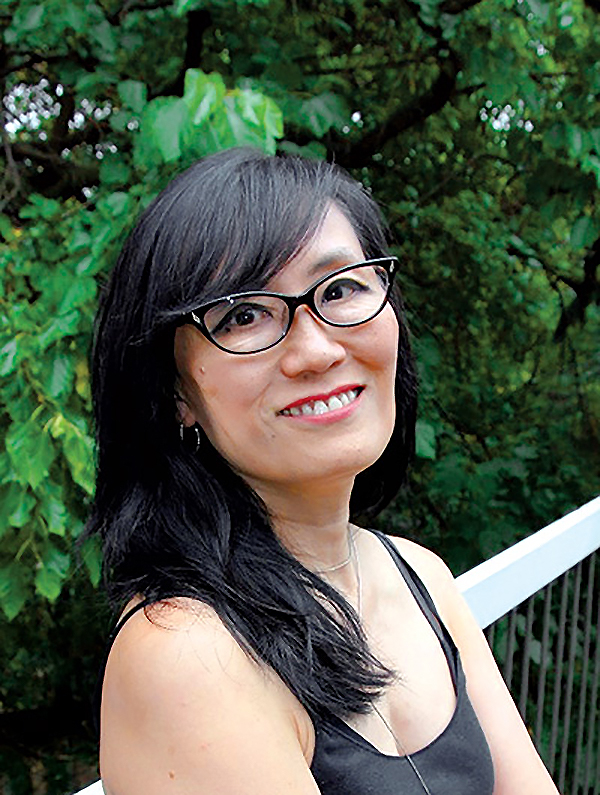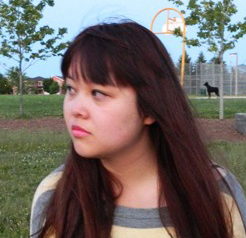After learning that visionary architect Buckminster Fuller had a Japanese-American business partner, Kerri Sakamoto’s imagination took off – inspiring a fable-like tale that isn’t intended to follow history as it actually happened, but “imagine a story that might have been.”
Sakamoto’s newest novel, Floating City, follows the story of Frankie Hanesaka who, after being displaced from his home time and again, rises to success as a property developer. Forced from his floating house off Vancouver Island to a Japanese internment camp during the Second World War, Hanesaka moves to Toronto after the war. He meets Fuller, who envisions building a floating community in Toronto Harbour – and who teaches Hanesaka that he “must dream and dare.”
“I wanted to detail the past, but also point to the future,” says Sakamoto (BA 1982 UTM), whose own parents and grandparents avoided talking about their time in internment camps while she was growing up in Etobicoke, Ontario.
Sakamoto wanted to explore Hanesaka’s experience of living through perpetual racism, and what it means to negotiate one’s manhood and dignity – as a husband, father and provider – in the face of persecution. The novel also examines what is gained and lost in the name of “progress,” both in the sense of urban gentrification and Hanesaka’s assimilation, says Sakamoto. “Floating City is a cautionary tale, but also one of utopic ideals.”
Recent Posts
U of T’s 197th Birthday Quiz
Test your knowledge of all things U of T in honour of the university’s 197th anniversary on March 15!
Are Cold Plunges Good for You?
Research suggests they are, in three ways
Work Has Changed. So Have the Qualities of Good Leadership
Rapid shifts in everything from technology to employee expectations are pressuring leaders to constantly adapt






